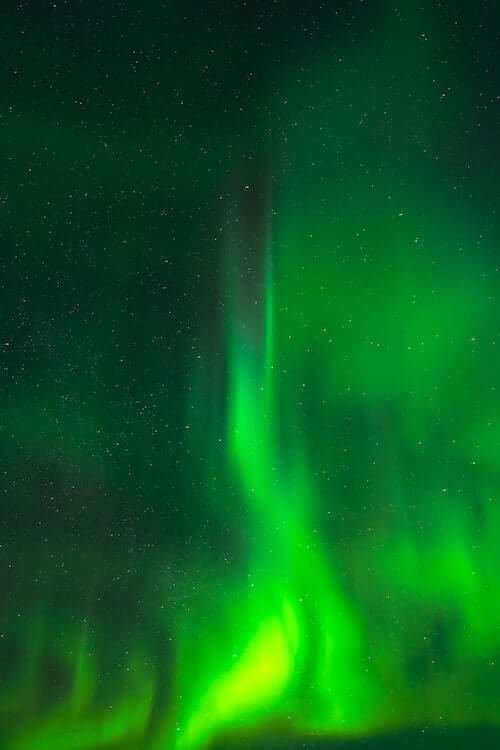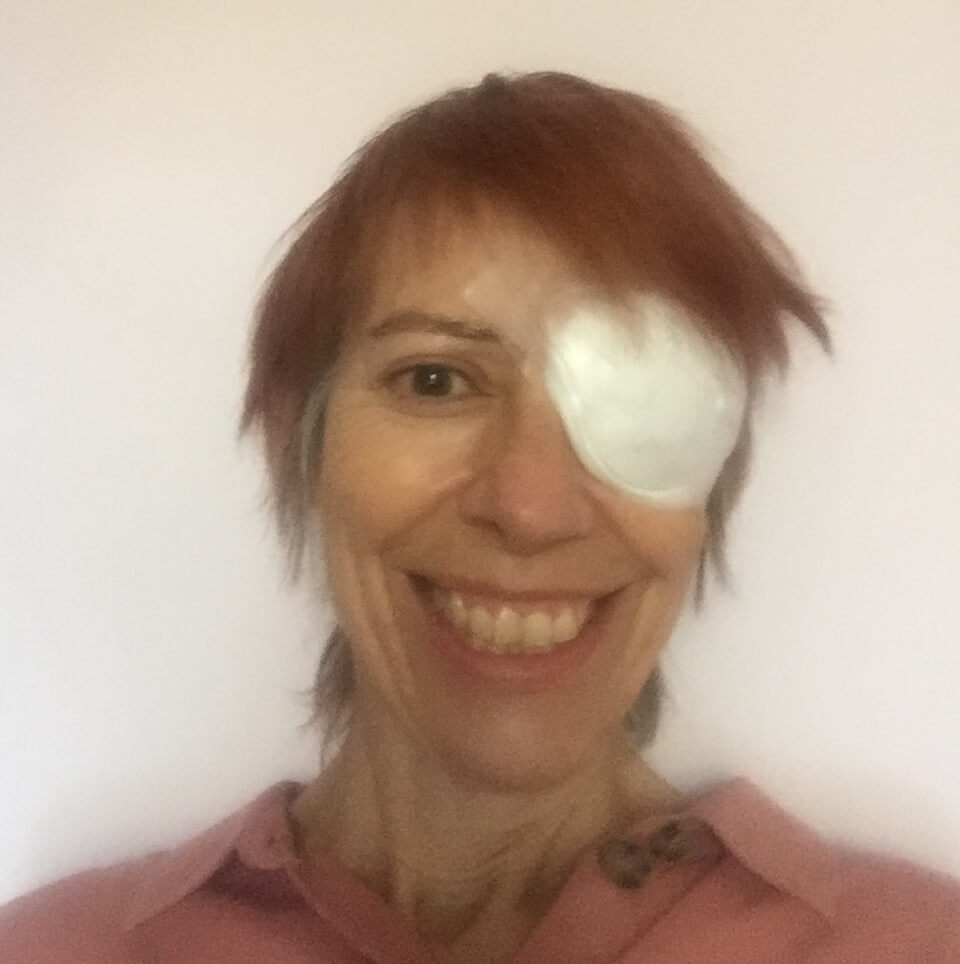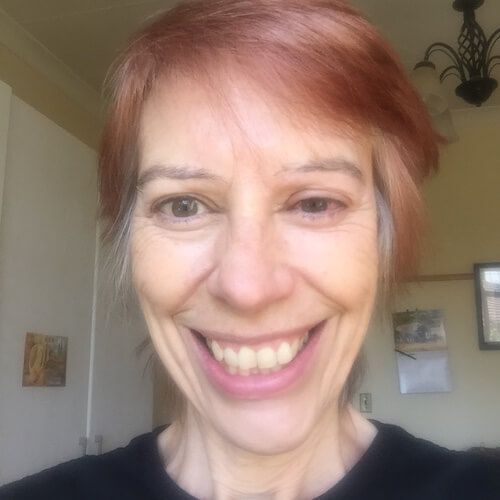 I thought I was seeing the Northern Lights on Tuesday.
I thought I was seeing the Northern Lights on Tuesday.
Colourful swirls of yellow, blue and green filled my vision, floating in front of me like the aurora borealis. It was beautiful.
There was something else too, a big metal thing with arms like crabs. “Am I awake – is this the operation?” I asked, in a dreamy state of calm. Then I was gone again, enticed back to sleep by a heady concoction of Dormicum and a couple of other industrial strength sedatives.
Memories of everything before and after my psychedelic trip at Johannesburg Eye Hospital are fleeting fragments.
I was born with eyes shaped like rugby balls rather than footballs, stretching all the tissues too thinly and preventing the light that enters my pupils from reaching the retina at the back to form clear images. Or something. End result - bloody appalling eyesight since I was a kid and a constant fear that science and technology wouldn’t keep up with my gradually diminishing vision.
That congenital defect also makes eyes highly susceptible to cataracts, when the lens in front the retina grows cloudy and blocks out more light.
The genius part is that when an ophthalmology surgeon removes the cloudy jelly-like lens, she can replace it with a prescription lens instead. So the twin problems of a cataract and crap eyesight are fixed in one neat move.
 I had my right eye operated on seven years ago, and the inserted lens has probably saved my life. The ultra high-prescription, hard contact lenses I used to need can dislodge if you sneeze, and both did so once when I was driving. Luckily I was at some traffic lights, so I fumbled for the hazard lights until I could retrieve them.
I had my right eye operated on seven years ago, and the inserted lens has probably saved my life. The ultra high-prescription, hard contact lenses I used to need can dislodge if you sneeze, and both did so once when I was driving. Luckily I was at some traffic lights, so I fumbled for the hazard lights until I could retrieve them.
I told my friends that if I ever died in a mysterious crash, check whether my contacts had been sneezed out. So it was a huge relief to have one eye no longer needing a contact lens. Slowly my left eye also grew cloudy enough to have the operation.
The day before surgery you start applying anti-inflammatory eyedrops. But the little bottle looks awfully similar to the bottle of strong contact lens cleaner that lives on my bedside table. So just before I left for the hospital at 7am, I squeezed a drop in. Aghghghgh!! Agony, as the cleaning fluid bleached my eyeball.
I rushed to the bathroom and shoved my face under the tap, splashing for five minutes until the stinging subsided. My eye was red and raw and what little vision it had was gone. At least I’m heading to the right place, I thought, squeezing in a drop of the correct fluid and hoping they didn’t clash in some dangerous chemical reaction.
 My eye calmed down in the Uber, and at the hospital I filled in forms, answered questions, and ordered a chicken mayo sandwich for a post-op snack. Then I was led to a ward, where the delightful nurses Olga and Robyn applied more eye drops, took my blood pressure, and extracted a pinprick of blood from a finger. I changed into jazzy blue pyjamas, and heard a detailed description of the anaesthetic process. They put me at complete ease, admired my socks, and told me several times what a dream team of surgeon and anaesthetist I had.
My eye calmed down in the Uber, and at the hospital I filled in forms, answered questions, and ordered a chicken mayo sandwich for a post-op snack. Then I was led to a ward, where the delightful nurses Olga and Robyn applied more eye drops, took my blood pressure, and extracted a pinprick of blood from a finger. I changed into jazzy blue pyjamas, and heard a detailed description of the anaesthetic process. They put me at complete ease, admired my socks, and told me several times what a dream team of surgeon and anaesthetist I had.
An hour later someone calls my name, Robyn helps me into a wheelchair, and wheels me to a lift and up to surgery. Somewhere along the way I acquire a blue surgical hat and matching bootees, then I’m helped onto a wheelie bed and tucked in with two blankets. I’m struck by the size of the team involved, with far more staff than patients.
The anaesthetist’s assistant double checks my notes that explain I have vasovagal. A tendency to hit the ground at the first sign of blood or needles. She explains that an injection will put me to sleep for 10 minutes, when they’ll give me two injections above and below my eye to numb it. I'll be awake during the op, she says, but I won’t feel a thing.
I’ll be honest, the idea of watching a scalpel piercing my eye is scary, no matter how crap that eye happens to be, so I hope she ups the dose of Dormicum and knocks me senseless.
I feel a tiny prick on my arm and a plaster being applied as they hook me up to a drip. My legs start jittering, then I’m gone. They must have done two more injections and been well into the 10-minute op when I come around for just long enough to admire the hallucinatory Northern Lights and conk out again.
 Later I think I hear the familiar voice of my brilliant surgeon, Dr Joanne Miller, as she says goodbye to the staff. I think we passed in corridor when I was being wheeled back to the ward. (Most patients would be back in a wheelchair already, but the vasovagal malarkey means I’m safer lying down than falling down.)
Later I think I hear the familiar voice of my brilliant surgeon, Dr Joanne Miller, as she says goodbye to the staff. I think we passed in corridor when I was being wheeled back to the ward. (Most patients would be back in a wheelchair already, but the vasovagal malarkey means I’m safer lying down than falling down.)
I remember having sandwiches before Olga lets me doze again, before helping me out of pyjamas and back into street clothes. When a friend comes to collect me, Olga walks with me down to reception and I’m back outside four hours after I checked in.
I typed this yesterday wearing a patch over one eye that had to stay on overnight. This morning I peeled it off carefully, a little nervous but mostly excited, and it's incredible to see how much of the world I’ve been missing.
My final thoughts: Our eyes are amazing, and the surgeons, ophthalmologists and opticians who look after them are brilliant too. So go for an eye test. Have your cataracts removed. Donate to Ster Kinekor’s Vision Mission so underprivileged kids can get eye tests and treatments too. Maybe pay for your domestic workers to have eye tests. My cleaner Joyce was astonished once when I asked her to try my off-the-shelf reading glasses. The look on her face was sheer delight when the world came into focus. Luckily I’d bought a twin pack!
Photo credits for aurora borealis: Daniel Mirlea & Vincent Guth from Unsplash.